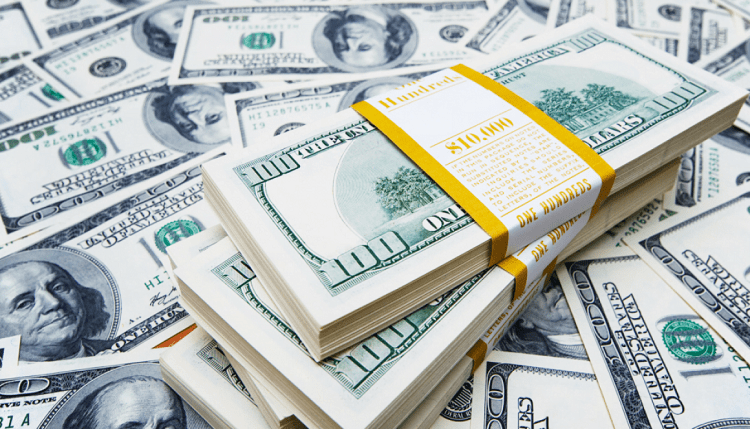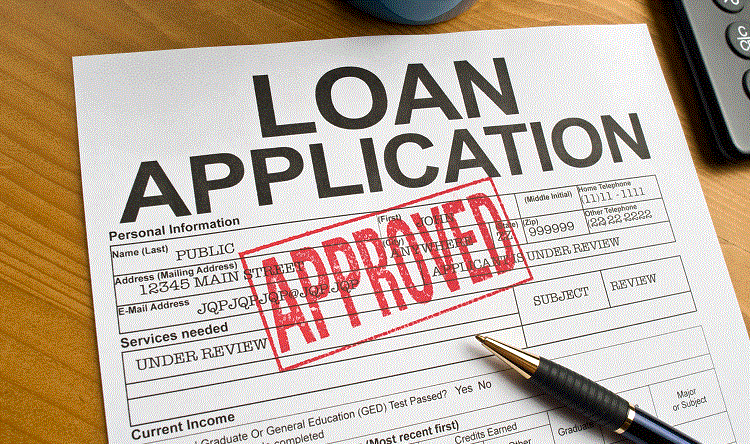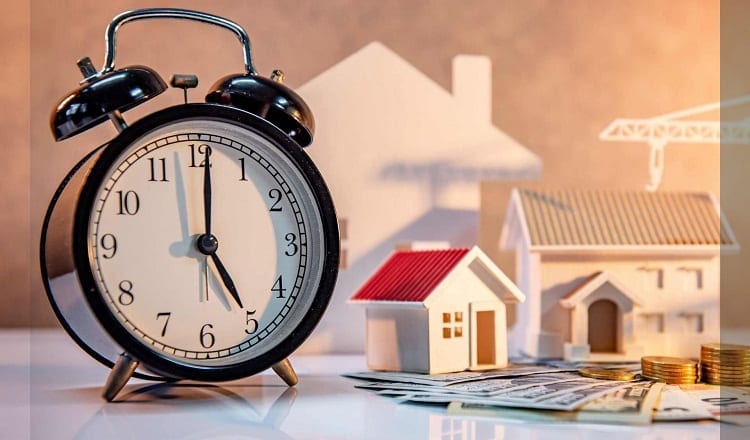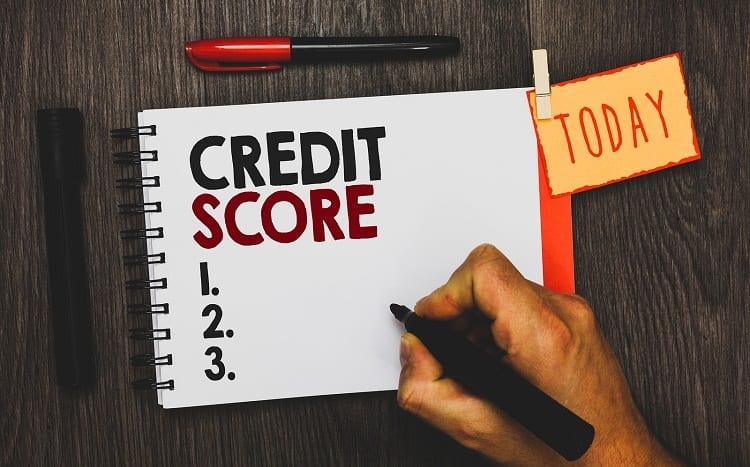You know what they say: you need money to make money.
Maybe you want to flip homes but you have lousy credit.
Is this going to be a problem? Here’s everything you need to know so you can start your house flipping business without your finances getting in the way.
What’s the link between house flipping and your credit score?
If you require financing for homes you want to flip, many loan providers will take your credit score into consideration.
If your score is low, you might not be able to finance your flip.
That said, there are other ways to flip homes even if you have bad credit or no money. Here’s how.
Contents
Get A Hard Money Loan

A hard money loan is a good alternative to a conventional loan when it comes to how to flip houses with bad credit.
If you need to act fast and buy an investment property, a hard money loan can help you as it can be approved in as little as 15 days.
Even if your credit score is low, you could still be able to get the loan for six months up to a year.
This works for your house flipping goals because houses are fixed and flipped within six months or less on average.
However, you might have to work on improving your credit score so that you can refinance the hard money loan.
When you purchase a hard money loan, you’ll receive up to 70 percent of the property’s value for the loan.
That means you do need to have other money available to cover all your costs.
There are some other things to bear in mind.
- Hard money loan interest rates tend to be high – they’re anything between 12 and 21 percent.
- You’re charged “points” on the loan, with each point being one percent of the loan. Many lenders of hard money loans will charge you around three or six points and require this upfront.
Team Up With Partners

Joining forces with other people to house flip can be a valuable experience, especially if they have experience in the industry.
The partnership can work in various ways, such as when it comes to how much each partner will invest and what other roles partners will have in the flipping process.
Whatever gets agreed on should be put down in writing to ensure that everyone’s happy.
In addition, you should work out how many profits all partners will receive when the house gets sold.
A common example of how partners can work together to fund a house flipping project involves one partner providing all the funding for the flip and the other partner managing all the renovations that go into fixing the investment property and preparing it for sale.
By the end of the process, the partners will split the profits, such as by both of them getting 50 percent of them.
Get A Co-Signer
Maybe you don’t want a partnership.
Maybe you just need someone to sign for the loan you need to flip homes.
In this case, you might like the idea of having a co-signer.
As the term suggests, this person will co-sign on the investment property you want to buy.
Make sure that they have a good employment history, credit history, and they have a stable income because the co-signer is essentially providing the lender with a guarantee that the loan will be paid back.
Opt For Seller Financing

Another option that you can make use of if you want to house flip but you have bad credit is seller financing.
This is basically when the seller of the house lends you money for the amount of time in which you will be renovating the home.
This might be a tricky setup to find as most people want to sell their house and get money for it quickly.
However, it can work well with someone you trust and who trusts you.
Here’s an example of how seller financing works.
The seller wants to sell his house but it needs some repairs so he agrees to give the buyer a loan for this.
The buyer will put a down payment on the purchase price of the house.
He and the seller will have to agree on interest rates.
Then, the buyer will give a promissory note for the rest of the amount of the loan that is required to be paid, while paying interest to the seller on a monthly basis.
After the renovations on the home are done and the house is sold, the loan can be paid.
Often, the borrower will pay interest payments until the property gets sold, then they’ll pay the final large amount to the seller.
Seller financing can benefit both the buyer and seller because the buyer obviously gets a nice lump sum from flipping the house and the seller makes a bit of profit on his house that he wanted to sell anyway.
Of course, there’s always the risk that the property doesn’t sell or that the profit is less than what the borrower expected.
In the case of the latter, the borrower would have to get another financing to pay the seller back.
How Does Flipping Houses Affect Your Credit?

The art of flipping homes can definitely impact your credit.
When you fix and flip homes, you have to pay various expenses throughout the process, and if you miss any payments then this could lower your credit score.
That’s why if you start out with a negative credit score, you have to be really careful not to decrease it further.
To prevent that from happening, make sure that you use cash whenever you can when fixing homes to sell, and follow the 70% Rule.
This rule states that an investor should pay 70 percent of the After Repair Value (what the house is worth after it’s been renovated).
So, if your home’s ARV is $150,000, 70 percent of this would be $105,000.
Then, you subtract the number of renovations ($25,000) and get the amount of $80,000.
That’s the amount you shouldn’t exceed paying for the house.
By not spending too much money on investment property, you’ll also ensure you come out with decent profits by the end of it.
Could Flipping Houses Help You Get Loans In the Future?
While it can be dangerous to accumulate bad credit during the house-flipping process if you are a successful house flipper this activity could help to improve your chances of getting a loan in the future.
This is because some loan lenders like to see that you’ve got a good track record when it comes to flipping properties.
An example is if you want to apply for a business line of credit.
This type of bank financing is best for house flippers who have a track record of successful deals as well as a regular income.
With this line of credit, you will be able to use a certain amount of money but you only have to pay for the amount you actually use on your flipping activity.
This helps because there might be extra costs or you might have overestimated how much money you need to renovate the property.
Your portfolio of successful house flipping can increase the amount you need substantially.
How To Improve Your Credit Score

If you’re interested in starting your house-flipping business, it’s a good idea to start following healthy credit habits.
This ensures that you maintain your credit score and prevent it from decreasing. Here’s how to maintain good credit when you fix and flip.
Avoid Adding New Lines Of Credit
While it can be tempting to apply for new credit cards when you’re ready to fix and flip a house, you should resist this urge as doing so can make you a liability.
When you have many lines of credit, you can easily get into debt.
In addition, your credit score can drop a few points with every new credit account that you add.
Credit bureaus see new accounts that are opened within a short amount of time as being a credit risk.
Stick To The Credit Limit
Sometimes you can’t help if – you need extra building materials or you need to cover the costs that have surprised you during the renovation process.
However, aim not to exceed your credit limit as this will harm your credit score.
You can prevent using your credit cards when flipping homes by making sure you’ve correctly worked out how much the project will cost you.
How To Work Out The Cost Of Your Fix And Flip

When calculating your costs, make sure you consider the amount of the purchase for the house (including closing costs, which are approximately five percent of the purchase price), all the repairs (including labor), payments to people on your team (such as real estate agency fees and builder payments), marketing costs, and sales costs.
When it comes to making improvements on the house, bear in mind that this is usually 10 percent of the purchase price.
Is Your Current Credit Score Good?
According to FICO (via Credit Karma), your credit score is rated as follows: if you have a credit score lower than 579, it’s considered poor; 580 to 669 is fair; 670 to 739 is good, and 740 to 799 is extremely good.
What Is “Credit Utilization”?
Your credit utilization is the amount of credit available to you that are being used.
With a limit of $10,000 and a balance owing of $8,000, your credit utilization ratio is 80%– so, 80% of the credit is being used.
Try to keep this ratio lower than 50% to appeal to lenders.
Bottom Line
While working on improving your credit score, you can start flipping houses even if you have bad credit.
The key is to take advantage of other options that are available to you when it comes to how to flip houses with bad credit, such as getting business partners or non-traditional loans.
However, even though you can flip homes with bad credit, it’s always a good strategy to work on your credit score so that you can fund your future house flipping projects in easier ways, and perhaps even take on bigger projects.



